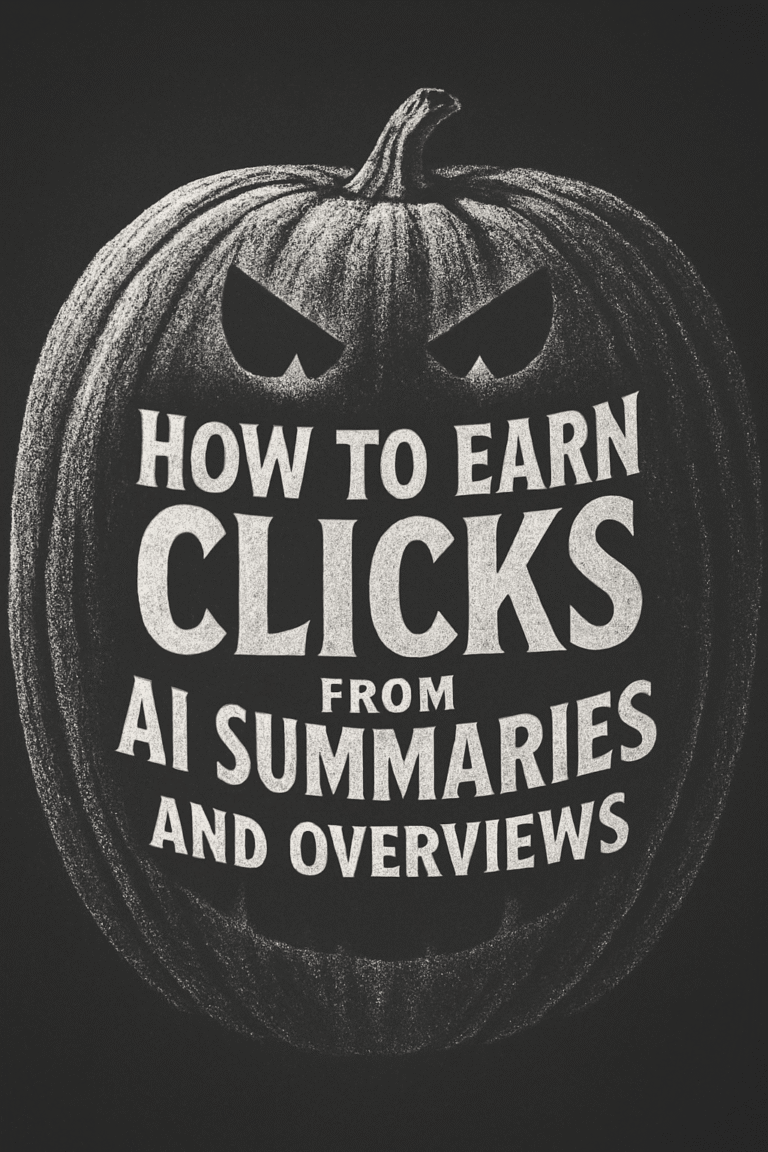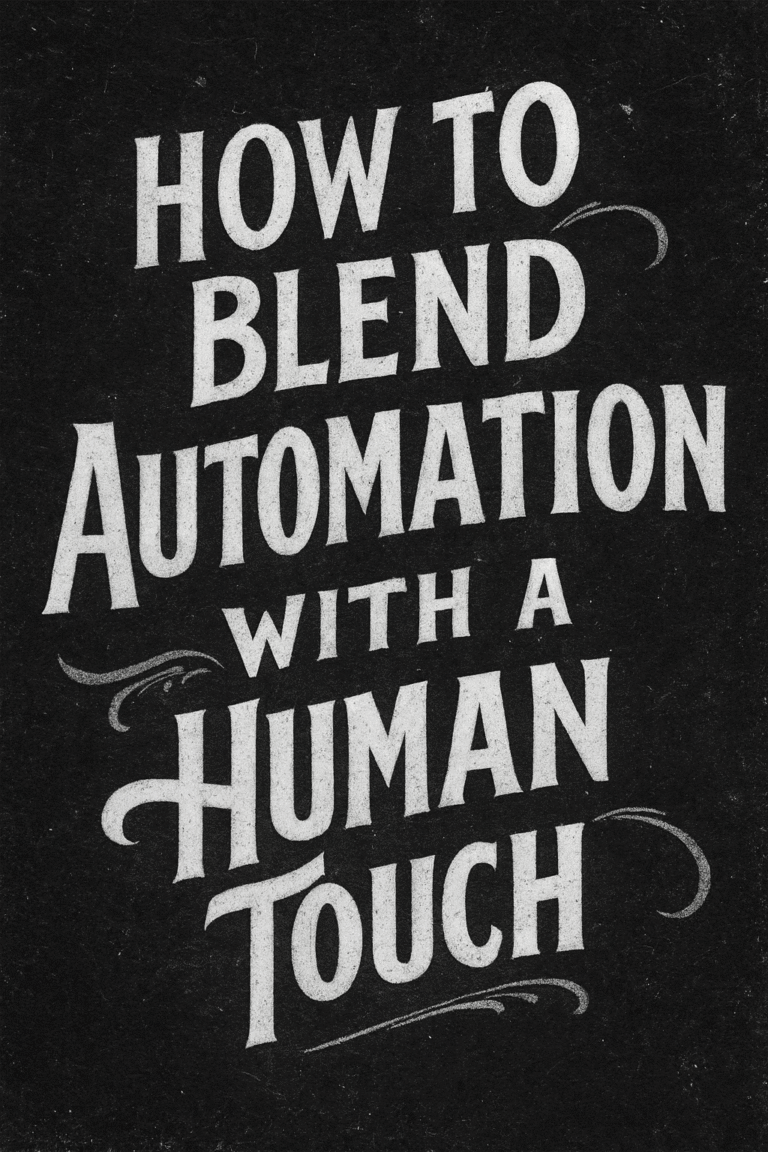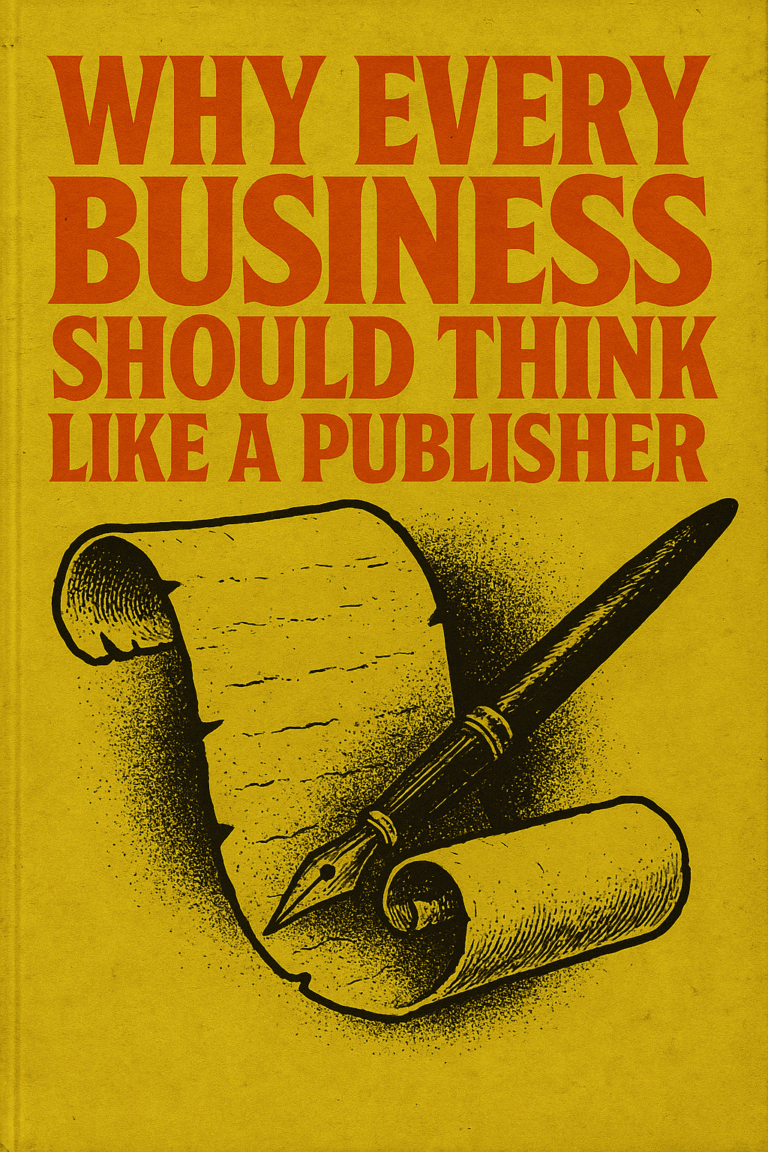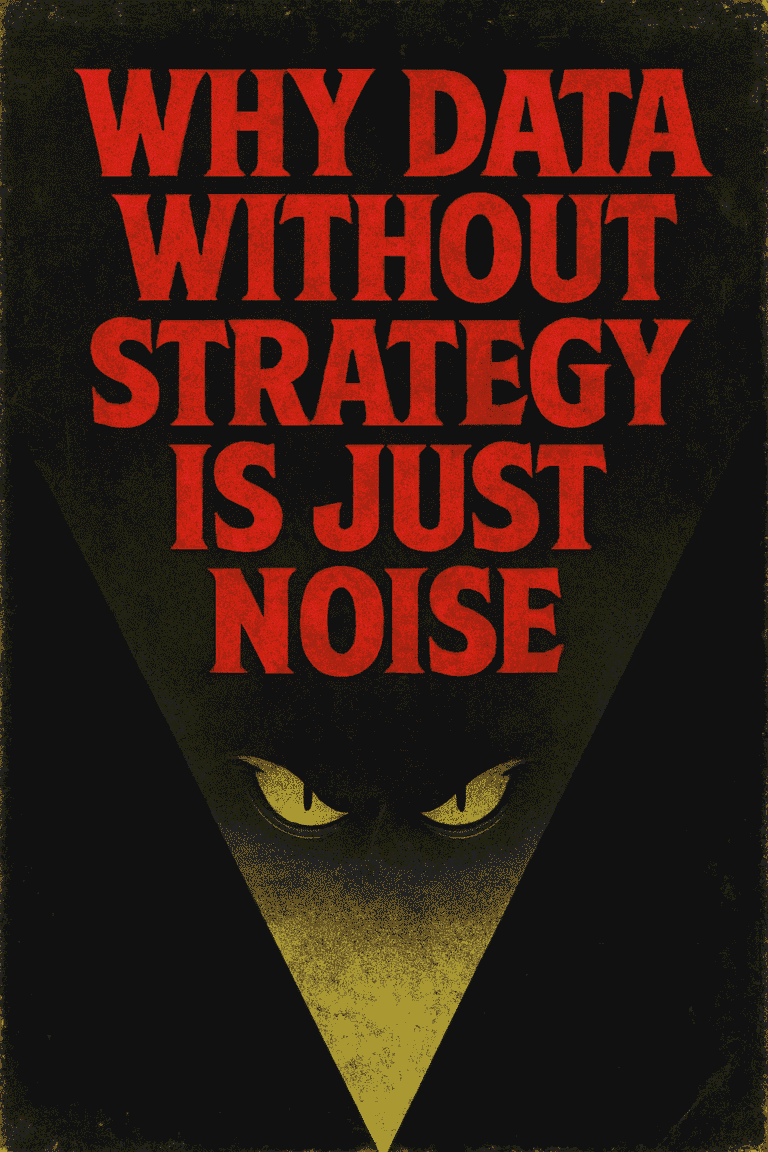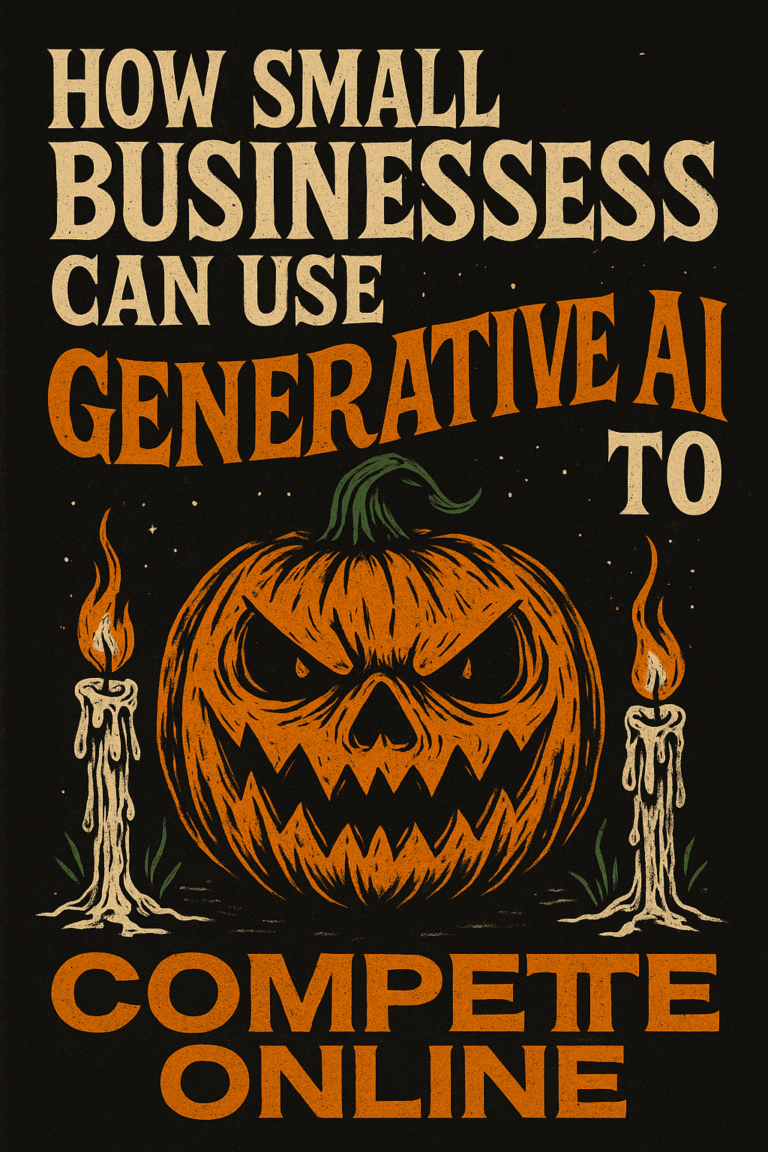Why Transparency Will Outperform Cleverness in Marketing
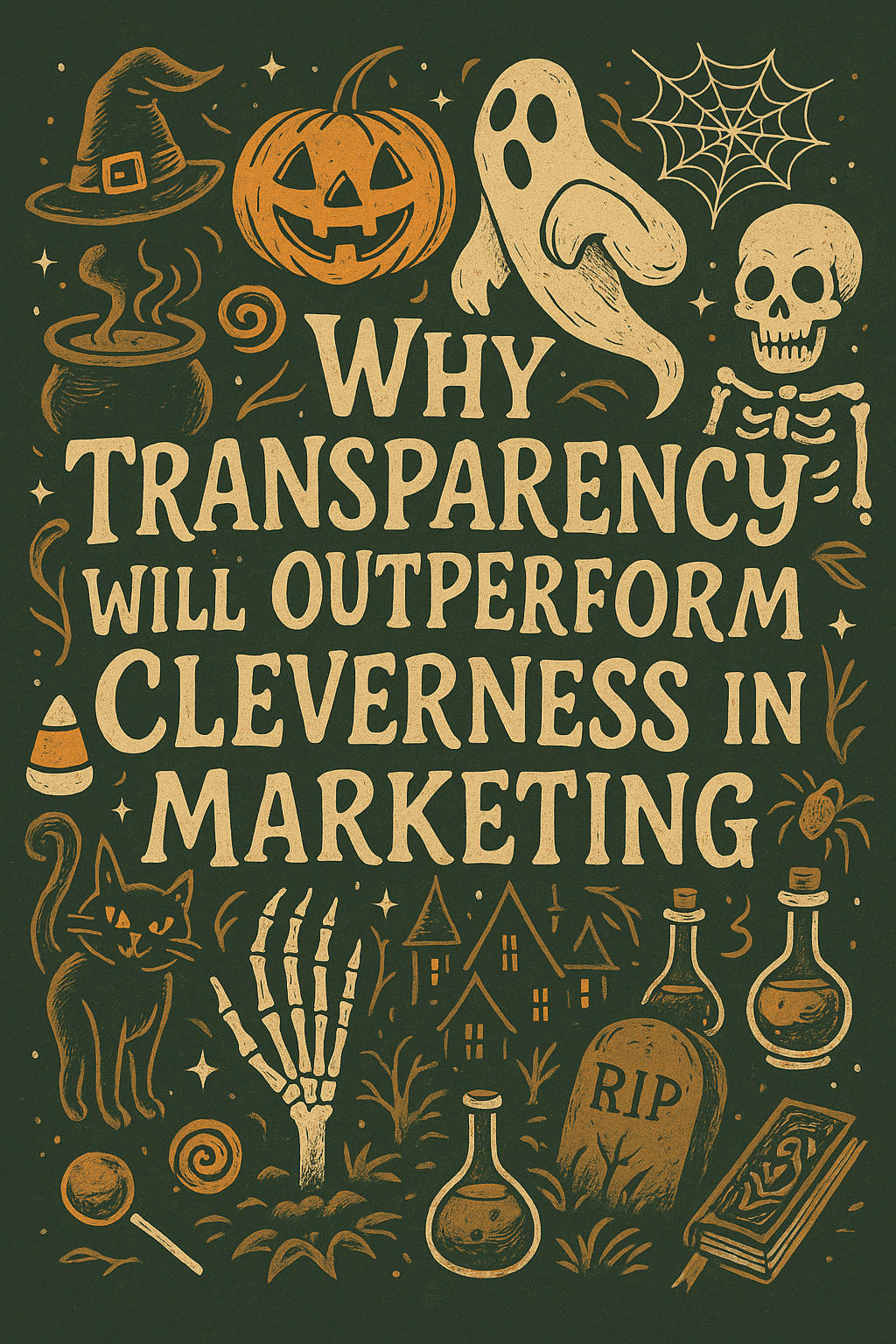
Clever marketing had a long run. Puns, cryptic taglines, and edgy campaigns grabbed attention for years. But attention without trust doesn’t compound. As buyers compare options, read reviews, and ask peers for referrals, the brands that win are the ones that explain plainly what they do, how they do it, and what it costs. Transparency outlasts cleverness because it reduces risk for the customer. Lower risk leads to faster decisions, more referrals, and stronger loyalty over time.
For service businesses like Graticle Design, transparency is not a buzzword. It’s a way to shorten sales cycles, bring in better‑fit clients, and build a reputation that keeps working when the ad stops running. This article lays out a practical, fully transparent approach you can copy on your own site—even if you’ve relied on catchy lines in the past.
The Cleverness Trap
Creative flourishes are fun. The trap is when the creativity becomes the message. If a visitor has to decode your headline, you’ve already introduced friction. In 2025, buyers want to recognize themselves in your copy and quickly see the outcome you deliver. When messaging centers on wordplay instead of clarity, a few things happen.
How cleverness backfires
- Confusion replaces clarity. If the meaning isn’t obvious in the first few seconds, people bounce and compare you to a clearer competitor.
- It signals risk. Vague claims feel like you’re hiding something, even if you aren’t.
- It over‑promises. Clever lines set sky‑high expectations your real‑world process might not match.
- It dates quickly. Jokes age; openness doesn’t.
Clever can earn applause. Transparent earns approvals.
Why Transparency Works (The Buyer Psychology)
People make purchases to relieve uncertainty. They want to know the outcome, timeline, and tradeoffs. Clear information satisfies that need. The more transparent you are about the work, the fewer assumptions the prospect has to make—and the safer choosing you feels.
Three psychological levers you trigger with transparency
- Control. When pricing, scope, and process are spelled out, buyers feel in control of the decision.
- Fairness. Breaking down what’s included and why creates a sense of fairness, even when you’re not the cheapest option.
- Consistency. Showing the same story across your site, proposal, and emails communicates reliability.
Transparent Beats Clever in Measurable Ways
Transparency isn’t just a nice philosophy; it moves the numbers that matter. When you explain your offers, pricing drivers, and process, several metrics improve.
Business metrics a transparent site typically improves
- Lead quality. Self‑qualification increases because prospects know whether they fit before contacting you.
- Close rate. Fewer surprises in the proposal phase means fewer objections.
- Sales cycle length. Clear timelines, deliverables, and next steps reduce back‑and‑forth.
- Customer lifetime value. Trust forged early leads to repeat projects and referrals.
- Organic search traffic. Plain‑spoken pages match the exact words buyers type, which search engines also prefer.
What Transparency Looks Like on a Website
Transparency isn’t about publishing your trade secrets. It’s about publishing the information customers need to make a confident decision. Here’s how that translates into pages and elements you can implement.
Service pages with specific outcomes
- State the audience you serve (e.g., small businesses, industrial suppliers, non‑profits) so the right people feel seen.
- List problems you actually solve and the outcome you deliver (e.g., faster load times, simpler editing, clearer messaging).
- Show constraints up front (lead times, supported platforms, typical ranges).
Pricing clarity without handcuffs
- Publish typical ranges and what moves a project up or down within that range.
- Explain cost drivers in plain language (custom integrations, content creation, rush timelines, multiple stakeholders).
- Offer sample bundles or good/better/best scenarios so buyers can anchor expectations.
Process pages that read like a roadmap
- Break projects into stages with outcomes, owners, and deliverables for each stage.
- Include calendar cues: when you need assets, when review rounds happen, when approvals are due.
- Link to a living FAQ to capture recurring questions as they appear.
Real proof, not polished hype
- Publish case studies with context: client goal, constraint, what changed, and the result.
- Use screenshots and before/after comparisons rather than vague claims.
- Include a short “what we’d improve next” note to show you see tradeoffs candidly.
Examples You Can Steal
Below are lightweight examples you can adapt to your own pages today. They aren’t fancy. That’s the point.
Example: Pricing section
Typical Website Project Range: $6,000–$25,000
- Lower end when: content is ready, design direction is clear, and integrations are simple.
- Higher end when: we create content, build custom features, or move fast on tight deadlines.
- Timeline: Most sites launch in 6–10 weeks depending on approvals.
Why publish this? It answers the first question on everyone’s mind and filters out mismatches before a call.
Example: Process snapshot
- 1. Discovery — Gather goals, audience insights, and constraints. Outcome: a one‑page brief everyone can agree on.
- 2. Content & Structure — Site map, wireframes, and copy drafts. Outcome: a blueprint of every page and message.
- 3. Design — Visual concepts, component library, and page templates. Outcome: a coherent style that’s easy to maintain.
- 4. Build — Development, speed tuning, and accessibility checks. Outcome: a site that loads quickly and is simple to update.
- 5. Launch — Redirects, analytics, backups, and training. Outcome: a safe launch and a team that knows how to use the site.
Example: Honest case study outline
- Goal: Reduce bounce rate and increase quote requests from industrial buyers.
- Constraint: Legacy brand assets had to stay; most traffic was mobile; product specs were complex.
- What we changed: Clearer product taxonomy, faster load times, simplified quote form, and location‑based pages.
- Result: +38% quote form starts, +22% organic traffic to product pages in 90 days.
- What we’d do next: Add video demos and pricing ranges per product family.
Transparency in Proposals
Clarity shouldn’t end at your website. Proposals are where trust can either grow or crumble. Removing mystery from scope and expectations keeps projects calm and profitable.
Proposal elements that reduce friction
- Plain‑language scope. Describe what you will do and what you won’t do in readable sentences.
- Decision checkpoints. Note when client approvals are required and what happens if dates slip.
- Assumptions. List what you’re counting on (assets, access, one primary decision‑maker) so there are no surprises.
- Change policy. Explain how new requests are handled and how you’ll estimate them.
- Payment schedule. Tie payments to milestones and clarify payment methods.
Handling Mistakes Publicly (Without Losing Face)
Things go wrong. The question is whether customers trust you more or less after the fix. A transparent posture turns mistakes into proof of reliability.
Simple playbook for public issues
- Acknowledge quickly. State the problem, who is affected, and the current status.
- Explain clearly. Share the cause in plain English and the steps to resolution.
- Offer restitution. Provide a sensible make‑good that respects the customer’s time and impact.
- Close the loop. Publish what you changed to prevent a repeat.
Make Reviews and Testimonials Work Harder
A wall of five‑star reviews is nice; a mix of authentic, specific reviews is better. Prospects read the “not‑perfect” comments to see how you respond. That’s your chance to demonstrate transparency in action.
Healthier testimonial approach
- Highlight the outcome, not just the praise. Include metrics or concrete wins where you can.
- Include one or two comments that mention a challenge and how it was resolved.
- Add short context lines: industry, location, service type. Specificity builds credibility.
Transparent SEO: Rank With Plain Language
Search engines reward content that answers user questions clearly. Translate your expertise into the exact questions people ask before hiring you. That’s transparency doing double duty: it helps buyers and improves rankings.
Ways to apply transparency to SEO
- Question‑led headings. Use headings that match the way customers search: “How long does a website build take?”
- Location clarity. Create pages for your real service areas (e.g., Longview, Kelso, Vancouver) and mention nearby landmarks when helpful.
- Specific FAQs. Document the exact questions you answer on sales calls and keep adding to them.
- Teardown posts. Share what makes a strong contractor site, a trustworthy industrial supplier page, or an effective Contact page—with examples.
Pricing Pages That Build Trust
Many service companies fear pricing pages. The irony is that an honest range page is one of the best lead‑quality filters you can add. It saves time for everyone and attracts buyers who value clarity over the lowest sticker price.
Elements of a trust‑building pricing page
- Ranges with context. Publish typical ranges and what’s included at each level.
- Tradeoffs explained. Note what changes if a project must launch faster, includes content creation, or needs custom logic.
- Example bundles. Offer a few packaged outcomes so visitors can compare apples to apples.
- Next step clarity. Link to a short intake form that collects budget, timeline, and must‑have features.
Transparency With Timelines
Ambiguous timelines create anxiety. Spell out a “typical week‑by‑week” view so clients can visualize the road ahead. This also protects your team from unrealistic expectations.
Sample timeline outline
- Week 1: Kickoff, access, and one‑page brief.
- Weeks 2–3: Site map, wireframes, and initial copy.
- Weeks 4–5: Design concepts and revisions.
- Weeks 6–7: Build, performance tuning, and content loading.
- Week 8: QA, redirects, training, and launch.
Transparency in the Age of AI Summaries
AI overviews often paraphrase the clearest sources on the web. If your pages are filled with plain answers, step‑by‑steps, and comparison points, they’re more likely to be surfaced. That doesn’t mean writing for robots; it means saying the quiet part out loud: costs, tradeoffs, and how‑to details.
Content that AI (and humans) love
- Explainers that define terms without fluff.
- Checklists that map directly to a buyer’s to‑dos.
- Side‑by‑side comparisons that call out who each option is for.
- Short videos or gifs showing a process step that’s hard to describe.
How to Start: A Practical Rollout
If you’ve been leaning on cleverness, you don’t need a full rebrand to switch gears. Start with a few high‑leverage changes and expand from there.
Step‑by‑step rollout
- Update your homepage message. Replace the tagline with a plain “We help [audience] get [outcome] using [method].”
- Rewrite one service page. Add a clear scope, process, outcomes, and a small pricing range with caveats.
- Publish one honest case study. Include the original problem, constraints, and what you’d do next time.
- Add a living FAQ. Pull questions from your inbox and sales calls. Link it from key pages.
- State response times. Tell people when you’ll reply and keep that promise.
Common Objections (And Transparent Responses)
Transparency raises a few fears. Tackle them directly and move forward.
“Competitors will see our pricing.”
- They already have a sense of it. The real advantage is how clearly you explain value and tradeoffs.
“We’ll scare off budget‑sensitive leads.”
- That’s good. You’ll spend more time with aligned buyers and less time in tire‑kicker threads.
“What if we publish something and need to change it?”
- Great. Add an “Updated” note. Updating in public is a transparent act in itself.
Turn Transparency Into a Habit
Openness compounds. Build it into your weekly routines so it doesn’t get pushed aside by urgent tasks.
Simple habits that keep you honest
- After each project, write a three‑bullet post‑mortem: one win, one challenge, one improvement.
- Review FAQs monthly and add any new questions you answered by email.
- Set a standard for response times and put it on your Contact page.
- Track the metrics that matter and share progress with your audience once a quarter.
Metrics to Watch
Measure whether transparency is doing its job. You’ll see both quantitative and qualitative shifts.
Signals your transparency is working
- Higher inquiry quality. Forms include better project details and realistic budgets.
- Shorter email threads. Fewer clarification messages are needed before a call.
- Proposal acceptance rate rises. Fewer objections at the end because expectations are aligned from the start.
- Fewer revisions. Clients come prepared because the process was explained.
- More referral language like “We chose you because your site explained everything.”
What to Say on Key Pages
Here are clear, copy‑and‑paste prompts you can adapt to your site right now.
Homepage intro
- “We design and build WordPress websites for growing businesses in and around Southwest Washington. Our sites load fast, are easy to update, and include training.”
Service promise
- “You’ll know your timeline, milestones, and total cost before we start. No surprise add‑ons. No vague scope.”
Contact page reassurance
- “We reply to new inquiries within one business day. If your project isn’t a fit, we’ll tell you and point you to a better option.”
Project kickoff expectation
- “One point of contact on both sides. Two rounds of design revisions. Content due before build. Weekly check‑ins via email.”
Local Angle: Longview, Kelso, and Vancouver
Transparency resonates especially well for regional service businesses. Buyers in Longview, Kelso, and Vancouver value straight talk. They want to know who they’re working with, how the process goes, and what happens if life gets in the way. Embed that clarity throughout your site and your word‑of‑mouth will reflect it.
Local touches that help
- Mention typical project timelines with local dependencies (e.g., content photography windows, stakeholder availability).
- Use examples from nearby industries—industrial supply, contractors, food and beverage—so prospects see themselves.
- Publish realistic ranges in USD and note Washington‑specific considerations when relevant.
From Clever to Clear: A Before/After Example
Below is a small rewrite to illustrate how a transparency‑first lens changes your copy.
Before (clever)
- “Websites that wow without the ow.”
After (transparent)
- “We build WordPress sites that load fast, are easy to edit, and come with training. Most projects take 6–10 weeks and start at $6k.”
Bring Your Team Along
Transparency fails if it’s only a marketing veneer. Sales, design, project management—everyone must speak the same clear language. Share the updated messaging internally, and give people permission to say “I don’t know yet” followed by how you’ll find out. That’s real transparency too.
Internal alignment checklist
- One‑page messaging guide with outcomes, audiences, and three sample answers to common questions.
- Shared FAQ doc everyone contributes to after calls.
- Proposal templates that mirror the website’s language.
- Quarterly review of published ranges and timelines.
The Payoff: Trust You Can’t Fake
Any competitor can copy your headline. Few will copy your habits: publishing ranges, sharing process, admitting tradeoffs, and updating pages as you learn. Those habits demonstrate integrity. Over time, that integrity becomes your moat.
Choose clear over clever. When customers feel informed, they choose faster, stay longer, and tell others why they picked you.
Ready to Put This Into Practice?
If you want a second set of eyes on your site, use this checklist as a starting point. Update one page this week, then another next week. Measure what changes—lead quality, questions asked, time to close. The feedback loop will show you where to go deeper.
Quick transparency checklist
- Does your homepage explain who you help, what outcome you deliver, and how?
- Do service pages show scope, process, and typical ranges?
- Is there a living FAQ linked from primary pages?
- Are timelines and responsibilities spelled out?
- Do case studies include constraints and lessons learned?
Cleverness chases applause
Transparency earns advocacy. When your website reads like a helpful conversation and your proposals remove guesswork, prospects feel safer choosing you. That feeling is the engine behind durable growth. Keep saying the quiet part out loud: costs, tradeoffs, timelines, and what happens next. It’s not flashy, but it’s the strategy that keeps working long after the campaign is over.
